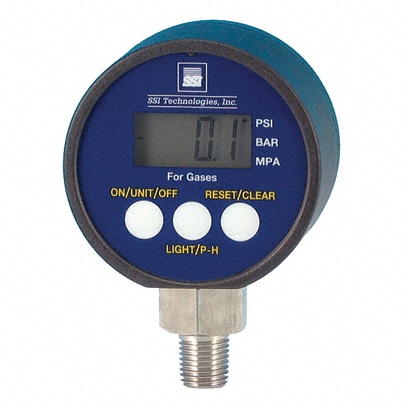MGA-665P8: Features: • Active-low power-down function• Single +3 V supply operation• Low noise and high gain MMIC• Output 50 match• Excellent isolation• Minimal match and e...
floor Price/Ceiling Price
- Part Number:
- MGA-665P8
- Supply Ability:
- 5000
Price Break
- Qty
- 1~5000
- Unit Price
- Negotiable
- Processing time
- 15 Days
SeekIC Buyer Protection PLUS - newly updated for 2013!
- Escrow Protection.
- Guaranteed refunds.
- Secure payments.
- Learn more >>
Month Sales
268 Transactions
Payment Methods
All payment methods are secure and covered by SeekIC Buyer Protection PLUS.

 MGA-665P8 Data Sheet
MGA-665P8 Data Sheet






